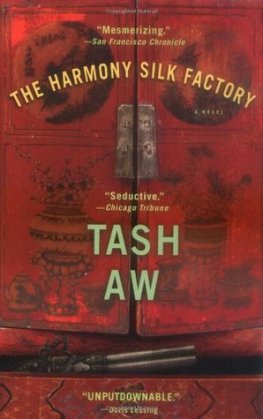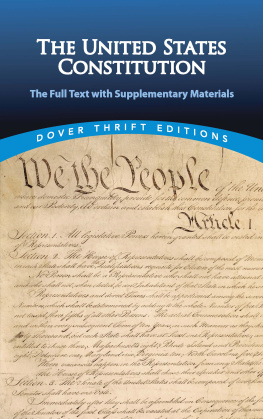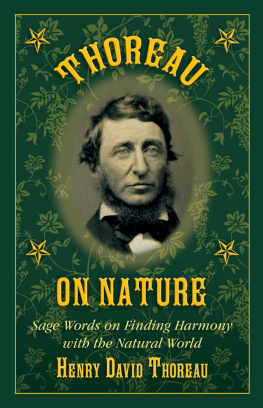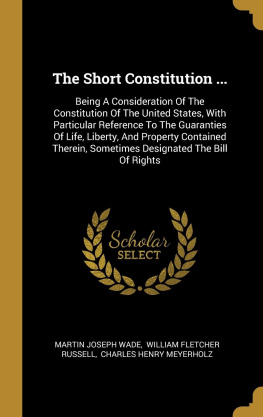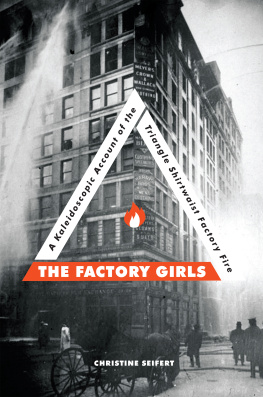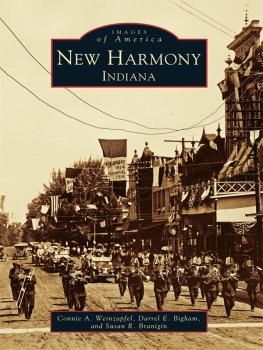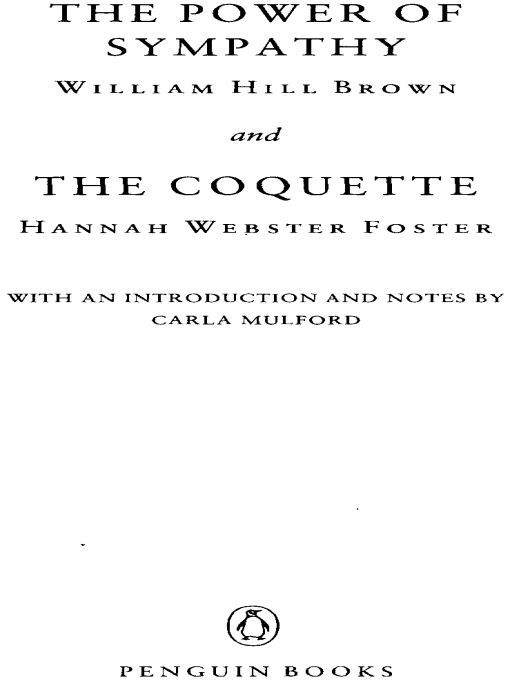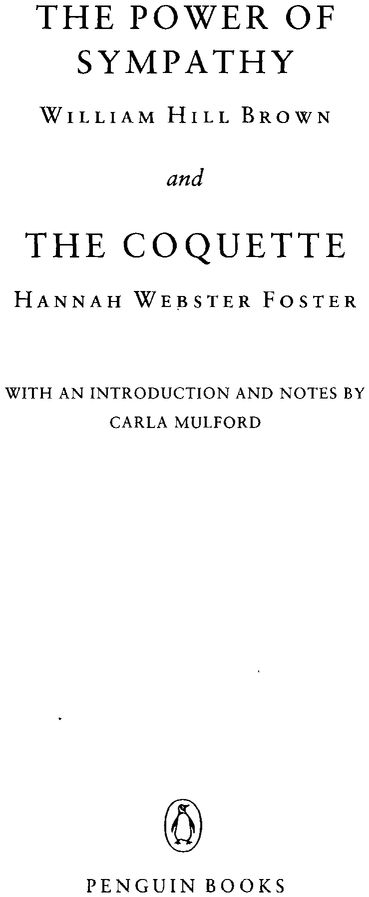Table of Contents
PENGUIN CLASSICS
THE POWER OF SYMPATHY and THE COQUETTE
William Hill Brown (1765-93) was best known during his own day as a witty poet and political essayist. For readers today, Browns fame rests upon his novel The Power of Sympathy (1789). He was born in Boston, Massachusetts, to clock-maker Gawen Brown and Elizabeth Hill Adams Brown, Gawen Browns third wife. Browns publishing career seems to have begun in 1787, when his verse epistle Shays to Shattuck was printed in the Massachusetts Centinel. His poems and political essays brought him much acclaim, even before he published a ballad opera called The Better Sort: Or, The Girl of Spirit, An Operatical, Comical Farce, in the same year that The Power of Sympathy appeared. In 1792, Brown moved from his New England home to that of his sister, Elizabeth Brown Hinchborne, in Murfreesborough, North Carolina, where he began to study law with Gen. William Richardson Davie of the Town of Halifax. Brown seems never to have married. He died in North Carolina, probably a victim of the malaria that swept through the area in 1793. His (now lost) play, West Point Preserved: Or, The Treason of Arnold, was performed in Boston in 1797 and 1800, and a second novel, Ira and Isabella: Or, The Natural Children, was published in 1807.
Hannah Webster Foster (1758-1840) wrote a great deal during her lifetime, but she remains best known for having published The Coquette, a novel of enduring fame from her day to our own. She was born in Salisbury, Massachusetts, to Hannah Wainwright Webster and Grant Webster, a prosperous merchant. After her mother died, Hannah Webster was sent to a boarding school in 1762. Her first publications, on political issues, started appearing in Boston papers in the 1780s. She married Rev. John Foster, pastor of the First Church in Brighton, Massachusetts, in 1785, and between 1786 and 1796 bore six children, five of whom survived to adulthood. Hannah Foster anonymously published The Coquette, her first novel, in 1797. Her second novel, The Boarding School: Or, Lessons of a Preceptress to Her Pupils (1798), never attained the success of her first, although it seems to have been widely read for its advice about womens reading, needlework, writing, dance, and singing. In the early part of the nineteenth century, Foster contributed to the Federalist publication The Monthly Anthology or Magazine of Polite Literature, which later became the North American Review. She would live to see The Coquette reprinted several times before she died in 1840.
Carla Mulford is an associate professor of English at the Pennsylvania State University. In addition to numerous essays in early American studies, she has published John Leacocks First Book of the American Chronicles of the Times, 1774-1775 (1987), a critical edition of an American revolutionary-era satire, and Only for the Eyes of a Friend: The Poems of Annis Boudinot Stockton (1995), a critical edition that sets the canon of a famed eighteenth-century poet. She served as the early Americanist editor of the two-volume multicultural anthology The Heath Anthology of American Literature (1990; 2d ed., 1993).
EDITORS NOTE
My Penn State colleague Wendell Harris was the first to point me in the direction of The Advice of a Lady of Quality to Her Children. Id like to thank him for the reference, and Id like to thank Angela Vietto, who kindly created for me an initial transcription of that text. While he was an undergraduate at Penn State, Steve Fonash assisted me in compiling the preliminary list of secondary readings on Brown and Foster. The letter Annis Stockton wrote to Julia Stockton Rush appears among the Rush-Biddle-Williams family papers at the Rosenbach Library of Philadelphia; it is reprinted here with permission of the Rosenbach. Id like to thank Amy Winans, who sent me to the Jeremy Belknap letter with which I begin the introduction to this edition. The letter is located at the Historical Society of Pennsylvania, in volume 30 of the Rush papers; the excerpt is printed with the permission of the Historical Society. Finally, Id like to thank Suzanne Begnoche, who assisted in reading proofs of this text.
INTRODUCTION
WRITING FROM BOSTON to his friend, the famous physician, moralist, and educator, Dr. Benjamin Rush of Philadelphia, Jeremy Belknap reported on August 16, 1788, In one of our papers there is an account from Danvers of a Woman who died at an Inn of a puerperal fevera Strangersupposed to be from Connecticut. It was surprising news, useful to moralists, and it was being printed in newspapers throughout New England. The story Belknap repeated involved a woman who, having borne a child out of wedlock, died soon thereafter from the fever she developed while giving birth. The tale had all the ingredients of a suspenseful mystery, one that Belknap thought Rush might use in some of your moral Lectures to young Ladies. Expecting that Rush would doubtless see the story reprinted in the Philadelphia papers, Belknap nonetheless sketched out what he considered the most important details:
the Lady whose Conduct appeared so mysterious proves to be ye Daughter of a deceased Clergyman in Connecticut. She was handsome genteel & sensible but vain & coquetish[,] a great reader of Romances. She refused two as good offers of Marriage as she deserved because she aspired higher than to be a Clergymans Wife& having coqueted it till past her bloom, fell into criminal indulgencies, proved enceinte [i.e., pregnant] & then eloped, pretending where she lodged & died to be married & carried on ye deception till death
Tellingly linked here in Belknaps account are the womans gentility and her sensibility, both of which would seem to have failed her because she was a great reader of Romances. If a woman would read romances and refuse offers of marriage from clergymen, the monitory message ran, she would seem now to have gotten what she deserved.
This true story about a seduction reveals some of the most crucial cultural fascinations of Belknap and Rushs era. Indeed, the fascinations have continued from their day to our own. Womens bodies and their behaviors have for centuries been the focus of those who wished to lecture on morality and the general success or failure of the culture. Women seem to have become a particular preoccupation during the eighteenth-century era of Enlightenment, however. Many considered that the Enlightenment in America, modified as it was by a certain amount of Christian humanism adapted from the Scottish Common Sense school of philosophers, would produce the worlds best system of government and the best-enlightened people the world had ever seen. Especially as the American Enlightenment was advanced among elite groups in the Anglo-American colonies and then the new United States, the era promised a future cleared of the corrupt and evil past of European monasteries and monarchies, a future that seemed bright with the possibility of an entirely new and peaceable social order. At least that is what men like Belknapa Christian humanist and Quaker abolitionist, who had a sincere belief in social amelioration for all groupswanted to imagine. That a woman of some social standing and seeming moral prominence, a clergymans daughter no less, could fall in this way, certainly meant that something was amiss in her life: had her life been better regulated, she would not be dead now, the moral seemed to be. The scapegoat for the womans failure was her reading of romances. Her story would serve as an excellent warning for other, younger women, Belknap thought. And he was not alone in this thinking. Both William Hill Brown and Hannah Webster Foster seem to have agreed wholeheartedly. Ironically, they conveyed the story of the stranger woman, Elizabeth Whitman, in fictions that to some extent were advantaged by precisely the mode of writingromancesthat Belknap had deplored to Benjamin Rush.








